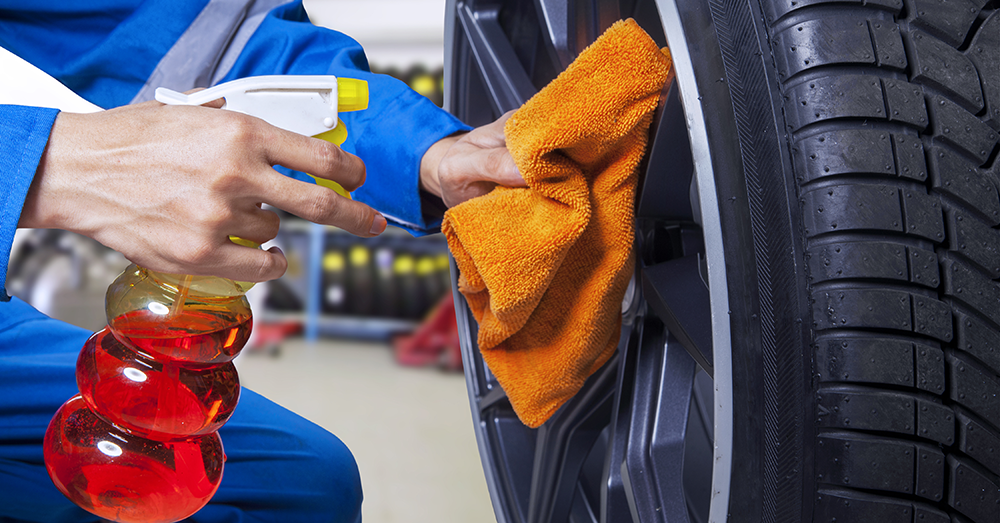Tips For Turning Dull Wheels Bright Again

Brake dust is a nuisance for anyone who values the look of their wheels. The black powder clings to rims and can cause long-term damage if neglected.
“Brake dust is a constant annoyance, especially if you have attractive wheels and like showing them off,” said Brad Bergholdt, an instructor of automotive technology at Evergreen Valley College in San Jose, Calif. “On top of that, the dust is corrosive--so it’s a problem even if a vehicle’s appearance isn’t something you obsess over.”
Microscopic particles of brake lining flake off every time you stop the car. Left attended, the dust congeals into a viscous sludge on the wheels that traps moisture and feasts on the finish.
Water alone won’t remove the filth from wheels. Even the soap used to wash the car won’t completely cut through the grime.
Specially formulated wheel cleaners cut the grease and reduce the amount of elbow grease required to restore the look, but it’s vital to read the label and ensure it’s something that won’t damage the wheel's finish, Bergholdt said.
Applying a spray wax creates a barrier that hampers the dust’s ability to cling to the wheel for a little while. Rags and specially designed brushes work wonders, so long as they aren’t used on other finishes such as the glass, paint or upholstery.
Microscopic particles of brake lining flake off every time you stop the car. Dust congeals into a viscous sludge on the wheels that traps moisture and damages wheel finishes.
Bergholdt offered the following thoughts on the causes brake dust:
- Water alone won’t remove filth from wheels. Even car wash soap won’t completely cut through the grime.
- Specially formulated wheel cleaners cut the grease and reduce effort required to restore shine. Make sure to read the label and ensure it’s something that won’t damage the wheel's finish.
- Applying spray wax to create a barrier between brake dust and the wheel itself.
- Use microfiber towels and brushes designed specifically for wheels.
- Never re-use wheel tools or towels on other finishes such as the glass, paint or upholstery. Corrossive particles from wheels can permanently damage vehicle surfaces.
What causes brake dust?
- As brake pads wear down, microscopic particles flake off and cling to whatever they touch. That dust is especially corrosive to a wheel's finish and can cause permanent pitting and staining.
- Drum brakes are commonly used on rear wheels and use pads contained within a cap-shaped cylinder. As a result, most but not all of the brake dust gets trapped inside the drum.
- Front wheels on most vehicles use disc brake technology, although manufacturers now use them for rear wheels on a variety of sedans and compact SUVs. Since they are not contained in a cylinder, disc brakes create the most deposits of dust directly onto wheels.
- High performance brake pads offer the best stopping ability but generally create more dust and offer a shorter lifespan.
Copyright © 2018 by Sensible Driver. All rights reserved.